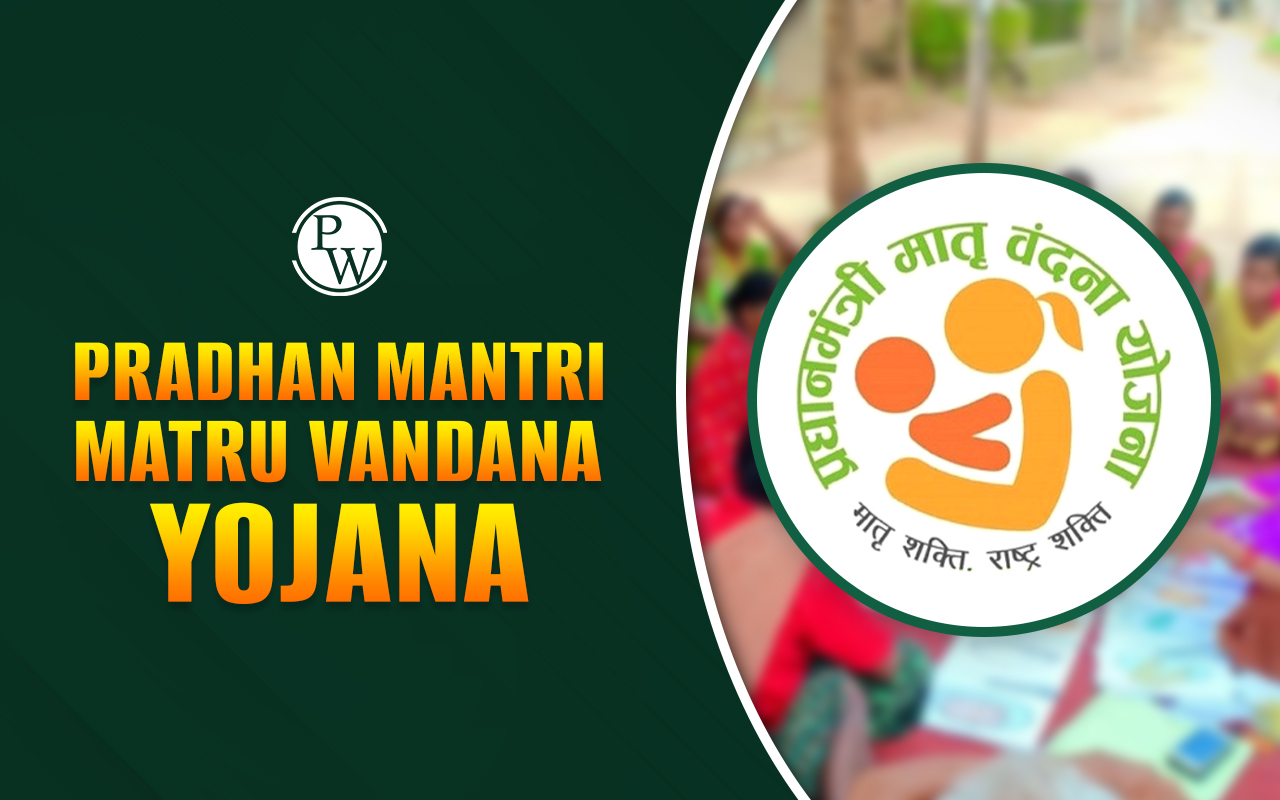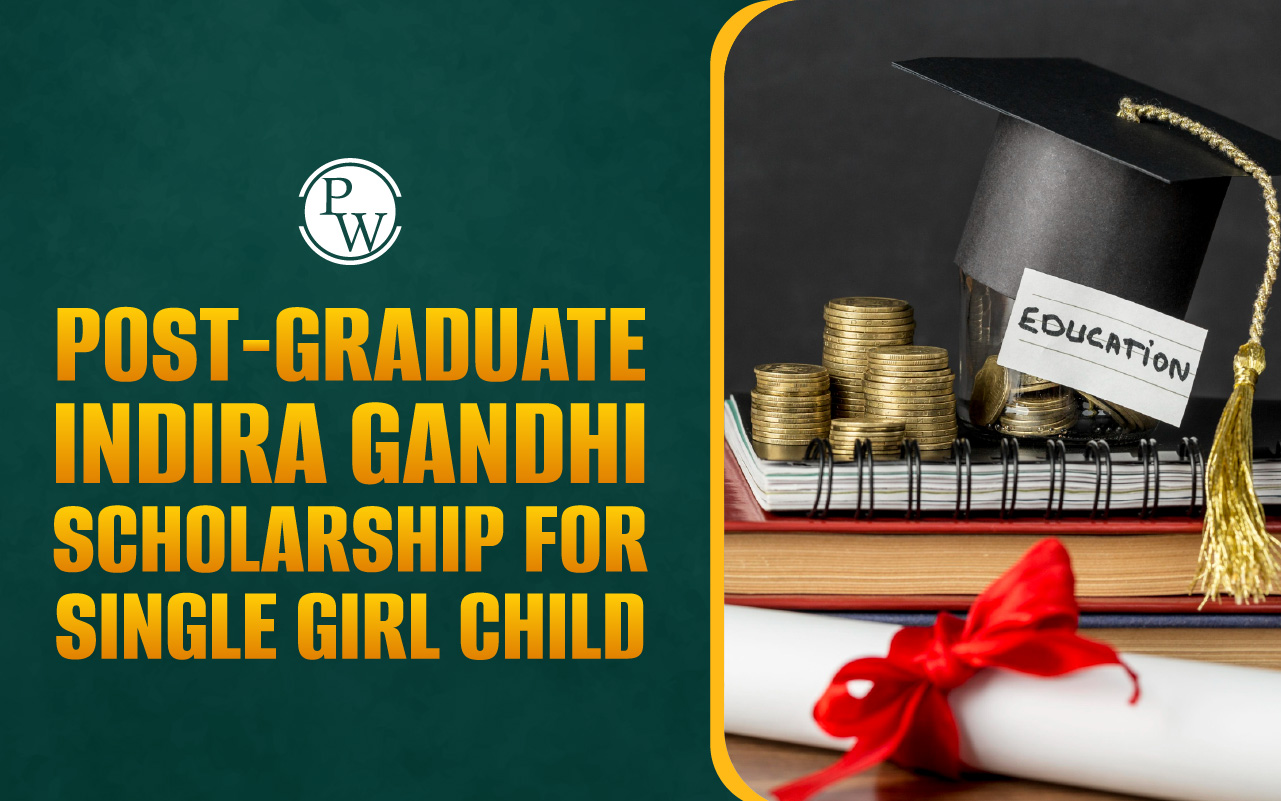
Hiroshima Day 2024: Hiroshima Day is observed on August 6 each year, marking the anniversary of the atomic bombing of Hiroshima. Hiroshima Day 2024 will commemorate 79 years of the tragic events of August 6, 1945, when the United States dropped the nuclear bomb on this peaceful city of Japan.
Hiroshima Day 2024 will serve as a reminder of the catastrophic consequences of nuclear warfare and the ongoing need for peace initiatives worldwide. Let’s explore the historical significance of Hiroshima Day, key events, and the global efforts toward nuclear disarmament.Hiroshima Day 2024
Hiroshima Day is observed annually on August 6th to remember the atomic bombing of Hiroshima, Japan, in 1945 . On this day, the world recounts the horrors of nuclear warfare and emphasizes the importance of global peace and disarmament. Hiroshima Day 2024 will mark the 79th anniversary of this tragic event, bringing together people worldwide to honor the victims and renew commitments to a nuclear-free world. Events, memorial services, and educational activities across the globe will highlight the significance of Hiroshima Day 2024 to promote a message of peace.| World Conference against A & H Bombs 2024: The World Conference against Atomic and Hydrogen Bombs is an annual event held to promote nuclear disarmament and peace. For Hiroshima Day 2024 the conference theme is "Together with the Hibakusha, let us achieve a nuclear weapon-free, peaceful, and just world — for the future of the humankind and our planet”. |
Also Read: Har Ghar Tiranga 2024 Campaign, Let’s Wave the Tricolour Together
What Happened on Hiroshima Day?
August 6, 1945, was a regular morning for Hiroshima when the United States dropped an atomic bomb on the city, marking a pivotal moment in history. The bomb, codenamed "Little Boy," was unleashed a t 8:15 AM from the B-29 bomber Enola Ga y, resulting in immediate devastation. The objective was to force Japan into unconditional surrender by targeting its crucial military and economic hub . This event marked the first use of nuclear weapons in warfare, leading to catastrophic consequences. There is no accurate account of how many people died on the day of Hiroshima bombing but it is estimated that 78,000 were killed instantly . The impact of this bombing not only changed the course of the war but also raised ethical questions about nuclear weapons.| Hiroshima Bombing | |
| Particular | Details |
| Date | August 6, 1945 |
| Bomb Name | Little Boy |
| Type of Atomic Bomb | Uranium based Fission bomb |
| Purpose | Japan's Surrender |
| Aircraft | Enola Gay |
| Immediate Death Toll | 78,000 (Approximately) |
| Total Estimated Deaths by 1945 End | 140,000 |
| Destruction Radius | 1.6 km |
Dual Tragedy: Atomic Bombings of Hiroshima and Nagasaki
Despite large scale devastation, Japan refused to surrender unconditionally, leading to a second attack by the US. Three days after Hiroshima, on August 9, 1945, the United States dropped a second atomic bomb named "Fat Man," which resulted in similarly devastating consequences in the city of Nagasaki. The bombings of Hiroshima and Nagasaki are collectively known as a dual tragedy that forced Japan to announce unconditional surrender on August 15, 1945. These bombings demonstrated the destructive power of nuclear weapons and highlighted the need for global efforts to prevent their future use.| Key Events of Hiroshima & Nagasaki Bombings | |
| Date | Event |
| 26 July 1945 | Potsdam Proclamation demanded Japan's unconditional surrender. |
| August 1945 | US President Truman authorized the bombings anytime after August 3, 1945, to compel Japan to surrender |
| August 6, 1945 | A Uranium Gun-type Bomb ‘Little Boy’ dropped on Hiroshima |
| August 9, 1945 | Implosion-type Plutonium Bomb ‘Fat Man’ dropped on Nagasaki |
| August 15, 1945 | Japan announced its unconditional surrender |
| September 2, 1945 | Japan formally signed its surrender and official end of World War II |
Attempt UPSC Mains 2015 PYQ: To what extent can Germany be held responsible for causing the two World Wars? Discuss critically. (150 words, 10 marks)
The Lasting Impact of Bombings
While these bombs were aimed at ending World War II by making the last Axis power , 'Japan', surrender, the immediate and long-term effect they had on innocent civilians is testimony to the horror of nuclear weapons. In Hiroshima alone, an estimated 140,000 people died by the end of 1945. The impact of the atomic bombing to remember on Hiroshima Day 2024 are:- Loss of Lives: Around 140,000 casualties in Hiroshima and 74,000 casualties in Nagasaki were reported in the aftermath of the bombings.
- Health Issues: Survivors, known as Hibakusha, faced severe health problems due to radiation exposure, including leukaemia, cancer, birth defects, and chronic illnesses.
- Environmental Impact : Radiation contamination affected the land and water for years.
- Psychological Scars: The bombings left deep psychological scars on survivors, influencing generations and shaping Japan's pacifist stance.
| World War II was a global conflict that began in 1939 and involved many of the world's nations. This war was fought between two major alliances: the Allies and the Axis powers. After a large scale of destruction and loss of life, the war came to an official end in 1945. Japan was left as the last Axis power when Germany surrendered in May 1945. Therefore, the Allies sought to end the war swiftly, giving warning to Japan for an unconditional surrender through the Potsdam Proclamation . The bombs were prepared under the Manhattan Projec t, initiated by the U.S. to develop atomic weapons. The bombings of Hiroshima and Nagasaki played a crucial role in Japan's surrender and the war's conclusion. |
Nuclear Disarmament: Striving for a World Without Weapons
The atomic bombings of Hiroshima and Nagasaki opened a new era of nuclear weapons development. Efforts for nuclear disarmament have been ongoing since the end of World War II. However, the major breakthrough came in 2017 with the adoption of the Treaty on the Prohibition of Nuclear Weapons . Despite being a non-signatory to the Nuclear Non-Proliferation Treaty (NPT), India emphasizes disarmament and the responsible use of nuclear technology. India advocates for a nuclear-free world through several initiatives and policies:- No First Use Policy: India maintains a policy of not using nuclear weapons unless first attacked by an adversary using nuclear weapons.
- Comprehensive Test Ban Treaty (CTBT): Although not a signatory, India has upheld a voluntary moratorium on nuclear testing since 1998.
- Peaceful Use of Nuclear Energy: India focuses on harnessing nuclear technology for peaceful purposes such as energy production, medical applications, and scientific research.
Hiroshima Day 2024 is a reminder of the terrible power of nuclear weapons. Learn about the potential of nuclear technologies and India’s efforts towards peaceful use of this technology. Enroll in the top UPSC courses by Physics Wallah now!
Hiroshima Day 2024 FAQs
Which day is observed on August 6?
What is the name of the Hiroshima bomb?
What was the codename for the Nagasaki bomb?
How many died in Hiroshima on August 6, 1945?
Why did America drop bombs on Hiroshima and Nagasaki?







